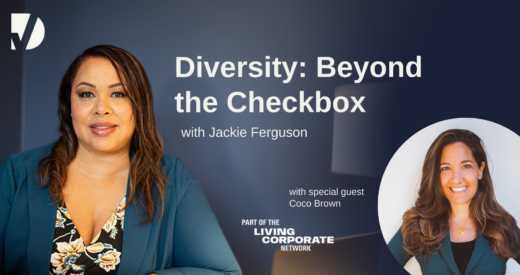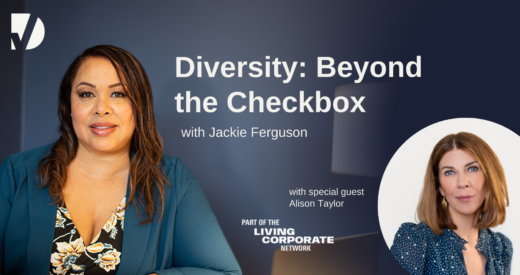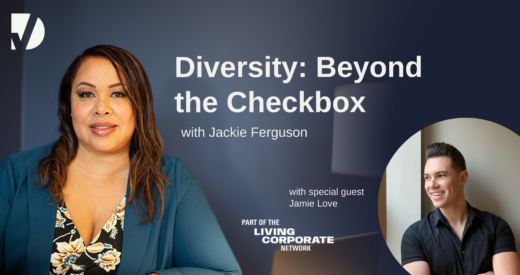Note: This article first appeared in WRAL TechWire.
Here are two statistics I know by heart, since I use them in my businesses almost every day.
- Our country is set to be a multicultural majority by 2044.
- Diverse populations wield $3.2 trillion in spending power.
If you are running a business in 2020, you cannot afford to miss out on these customers, but the vast majority of businesses I know are still not tapping in to multicultural marketing to reach diverse populations. If you don’t have a plan for this, you’re already behind.
Let’s start with the basics. What is multicultural marketing, and how do you incorporate it into your thinking as a marketer or as a business leader?
Simply put, multicultural marketing means reviewing and revising your message for under-represented populations outside of the general market. For the best examples, look to Nike, Walmart or P&G, all companies that are currently crushing the creative game with bold, multicultural campaigns.
If you want to learn more about how to follow in their footsteps, join our team next Tuesday, October 20, for a webinar on the topic: Tackling Multicultural Marketing Like a Pro. We’ll talk about how to make real changes to your marketing that will authentically reach multicultural consumers or businesses and what you can do to fix potential messaging mistakes.
This type of marketing certainly isn’t new. In fact, it has been nearly a decade since Walmart rocked the marketing world by announcing they would double their multicultural marketing budget because they believed that 100% of sales growth would come from multicultural markets. Not 20%, not 50%, but 100%.
Within the world of digital marketing, I will also tell you, some of the smartest people I know are already arguing that multicultural is the new general market. Considering that multicultural identities now comprise 40% of the U.S. population, I am inclined to believe them.
The key here is to understand that multicultural marketing isn’t just changing your imagery. It means shifting your messaging and potentially, your marketing strategies. With that in mind, here is my best advice for growing your business with diverse marketing.
Start by crafting an authentic brand message. Don’t try to mold your existing campaigns so they will resonate with new demographics. Instead, you have to start from scratch to identify your target market’s motivators, hopes, frustrations and pain points, then build your message from the bottom up to be sure it serves the community you’re after.
Review your current online presence. I promise you that prospective customers, employees, partners and clients are looking over every one of your digital platforms. Critically examine your website, social media accounts and online marketing to see how well each platform is proving your organization’s commitment to diversity. Are you showing diverse people and faces? Are you broadcasting diverse voices?
Don’t rely on stereotypes. Don’t make assumptions. If you want to create a powerful message, you absolutely have to do your research about the communities you are trying to reach. Study what makes them who they are and gather market data about their wants and needs. You can bolster that data with third-party research and focus groups. Ideally, you will have a multicultural internal team or marketing partner to help you craft your message, but what do you do if your team is not diverse?
Use Google Analytics for demographic research. Data-driven insights will help you craft realistic and sustainable strategies that resonate with different cultural groups. Look to understand which messages are most powerful and which platforms for that message see the most significant engagement.
Broaden the team that reviews your work to include people from diverse backgrounds. Gather as much external feedback as you can. Ask for help from culturally diverse employees in other departments, business partners and experts in that space. Have them review campaign mock-ups while they’re still in ideation. You can also bring in an outside review team to ensure that your messaging resonates with your target audience. Ample and repeated testing will help you avoid potential blunders.
One of my teammates told me this week that when she was working for a tampon brand, the entire marketing team was male. Sometimes creating a diverse team really is as simple as having a female on the marketing team for a product only used by women.
It’s easy to find dozens of examples of how brands have alienated and offended consumers with tone-deaf marketing campaigns. Dove’s “normal to dark” skin lotion, Dolce & Gabbana’s noodle ad and Heineken’s “Lighter is Better” commercial show the lasting brand damage of insensitive marketing.
You can avoid the same missteps by investing in research, embracing analytics, diversifying your team and asking for an abundance of feedback.














